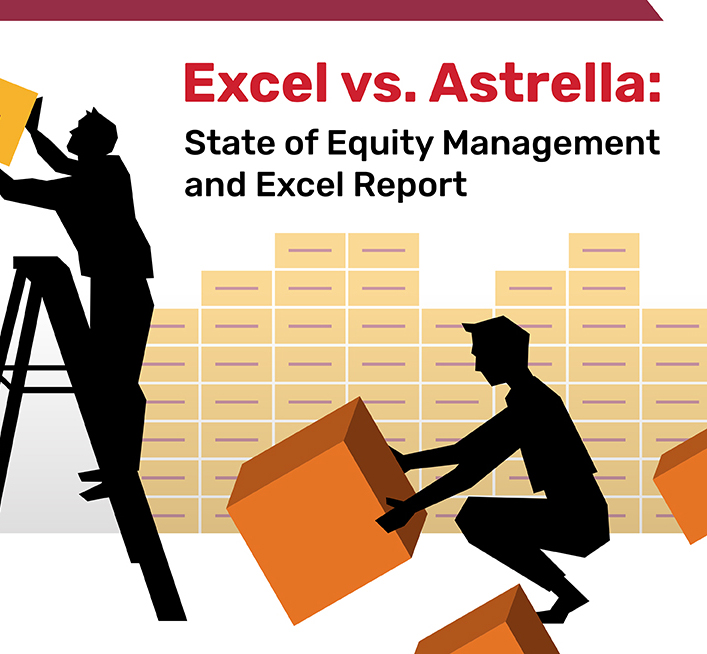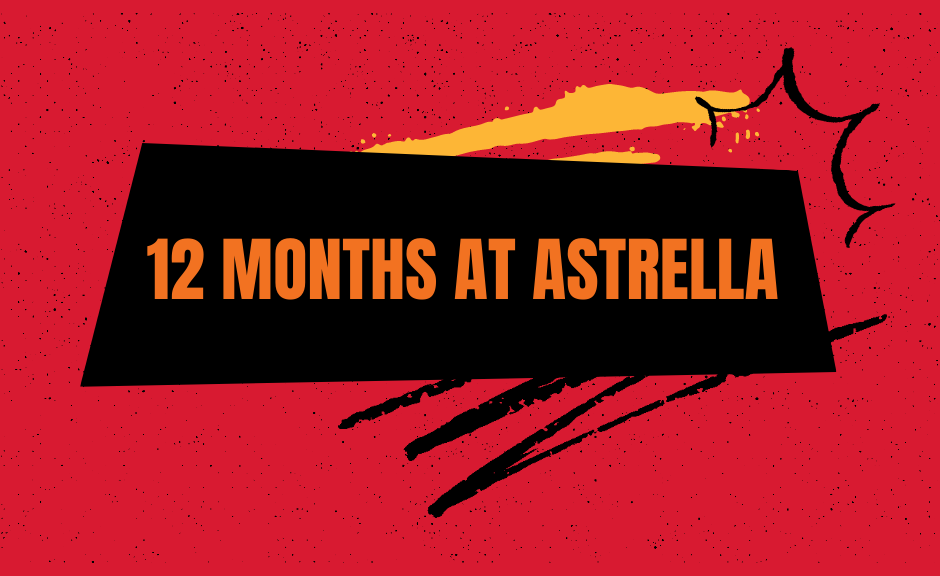Incentive stock options (ISOs) are a great way to give your employees a stake in your company’s success. However, the IRS sets an essential limit for ISOs: the $100K limit. This article will explain the tax benefits of ISOs, how to maximize their benefits, and common pitfalls to avoid. We will also discuss why it’s important to consult a financial advisor or tax specialist if you have any questions about this option. With this information, you can make sure that you use ISOs to benefit both you and your employees.
Overview of Incentive Stock Options
Incentive Stock Options (ISOs) are a type of stock option that offers unique tax benefits. They differ from other stock options, such as non-qualified stock options, in that they provide preferential treatment regarding taxes. ISOs are subject to specific rules and regulations the Internal Revenue Service (IRS) set.
The primary benefit of ISOs is the deferment or avoidance of taxes on the gains resulting from exercising the option. When an employee exercises an ISO, they do not have to pay any income or capital gains taxes until they sell the shares gained through exercise. This provides a significant tax advantage over other forms of stock options.
To qualify for an ISO, specific criteria must be met. Only employees can receive ISOs, and the IRS imposes a $100K limit on their use (though there are exceptions). Additionally, ISOs must be exercised within 90 days after leaving employment with the company issuing them.
Exercising an ISO is straightforward and involves four steps: 1) Choose how many shares you want to buy; 2) Submit your election form; 3) Pay for your shares; and 4) Receive your shares in exchange for payment.
Suppose you have questions about incentive stock options or their tax benefits. In that case, you must consult a financial advisor or tax specialist who can provide more detailed information and advice tailored to your situation.
The Tax Benefits of Incentive Stock Options
Incentive Stock Options (ISOs) provide a unique opportunity to purchase company stock at a discounted rate and can result in tax benefits. The IRS imposes a $100K limit on Incentive Stock Options, meaning that employees cannot exercise more than $100K worth of ISOs in any given year.
ISOs are advantageous because they allow employees to defer taxes on their gains from exercising the option. Specifically, if an employee holds onto the stock for more than one year after it was purchased, any gains from its sale will be taxed at long-term capital gains rather than regular income tax rates. This can significantly reduce the total amount of taxes owed by the employee.
However, there are some risks associated with ISOs as well. For example, if an employee exercises an ISO and holds onto it for less than one year before selling it off, any gains from the sale will be taxed at higher regular income tax rates instead of long-term capital gain rates. Additionally, if an employee exercises more than $100K worth of ISOs in any given year, they may be subject to additional taxation or other penalties imposed by the IRS.
Therefore, employees must understand ISOs’ potential benefits and risks before exercising them. They should also consult with a financial advisor or tax specialist if they have questions about incentive stock options or their corresponding tax benefits. By doing so, they can ensure that they maximize the benefits while avoiding common pitfalls associated with these options.
Understanding the $100K Limit
Incentive Stock Options (ISOs) provide certain tax benefits if the rules and regulations of the Internal Revenue Service (IRS) are followed. A major limitation that must be observed to take advantage of these advantages is the $100K limit imposed by the IRS for everyone in a given tax year. This restriction applies both to new grants and exercises made during this period. It should be noted that it applies to everyone, not across organizations or companies.
It is possible to make the most out of ISOs while avoiding any associated penalties or additional taxation due to not following this limitation. To do so, one should consider staggering exercise dates when granted multiple options from different employers within one tax year, not to exceed $100K simultaneously. Additionally, consulting with an expert specializing in financial planning or taxes can help answer questions and provide guidance on how best to use incentive stock options to get their full benefit while staying compliant with all applicable laws and restrictions.
At its core, understanding how ISOs work and what limitations come with them is essential for making well-informed decisions about their usage. By adhering to the set regulations of the IRS, such as the $100K limit, and speaking with an experienced specialist, when necessary, individuals can plan out strategies that will allow them to maximize their potential gains while minimizing any legal ramifications due to breaking these rules.
How to Maximize Your Benefits
Incentive Stock Options (ISOs) provide certain tax advantages, such as deferring taxes on gains if held for more than one year. To take full advantage of these benefits, it is essential to understand the differences between ISOs and Non-Qualified Stock Options (NSOs), as well as the vesting period and associated taxation.
The vesting period of ISOs is two years, while NSOs have no vesting period requirement. If an individual anticipates leaving their job within two years of receiving an ISO, they should consider opting for an NSO.
When exercising any option, individuals must also consider potential tax implications. There are two central taxes: ordinary income tax and capital gains tax. If stock is sold after being held for longer than a year following the exercise of the option, then any gain will be taxed at a reduced long-term capital gains rate rather than regular income rates; however, if sold within one-year, standard income rates will apply. Additionally, the IRS imposes a $100K limit on ISOs; exceeding this limit can lead to additional taxation or penalties.
To maximize these benefits without running into unexpected issues due to exceeding the $100K limit or other pitfalls, it is essential to stagger exercise dates when granted multiple options from different employers within one tax year and ensure that all paperwork related to exercising options is filed correctly and promptly. Consulting a financial advisor or tax specialist to understand incentive stock options and their corresponding tax benefits can help individuals decide which type best fits their situation or how to exercise them for maximum benefit.
Common Pitfalls and How to Avoid Them
When it comes to Incentive Stock Options (ISOs), there are a few common pitfalls to be aware of and strategies to use to maximize the benefits of ISOs. To make the most out of ISOs, it is essential to thoroughly research and select a plan that meets your needs, understand the vesting schedule, take advantage of employer contributions, track the tax implications of exercising options, and adhere to state and federal laws when setting up an ISO.
One potential pitfall is selecting a plan that does not meet your needs. When choosing an option, consider factors such as the time until you can exercise the option, vesting schedule requirements for employers who contribute matching funds or stock grants, vesting schedules for other employees in similar positions at companies in your industry, and so on. Understanding all terms associated with exercising the option is essential before making any decisions.
Another critical factor when considering incentive stock options is understanding their vesting schedule. This is important because some plans require you to remain employed by the company to exercise them. If you leave before your options have been vested fully, you will lose out on any gains from those unvested shares unless they are transferable, or you can sell them back to the company. Knowing this can help you maximize any financial gain from exercising an ISO while avoiding penalties due to early termination or leaving work before full vestment has been met.
Employer contributions should also be considered when utilizing incentive stock options, as these could provide additional benefits such as matching funding or other forms of assistance that could increase overall returns if used correctly. Furthermore, tracking taxes associated with exercising ISOs is essential, as failure to do so could lead to unexpected liabilities come tax season. Both state and federal laws must be followed when setting up an ISO plan for maximum benefit while mitigating risk for yourself and those involved in administering it.
In conclusion, avoiding potential pitfalls associated with Incentive Stock Options (ISOs) requires thorough research before selection, understanding their respective vesting schedules, and taking advantage of employer contributions where possible while strictly adhering to state and federal regulations. When done right, readers can maximize their benefits without any legal issues, ensuring they receive all financial gains possible from exercising their options. If readers have questions about specific details related to their situation, consulting a financial advisor or tax specialist can help ensure they get accurate answers tailored to them.
Conclusion
Incentive Stock Options (ISOs) can provide unique tax benefits for employees, allowing them to realize profits without paying taxes. The IRS imposes a $100K limit on the use of ISOs, and they must be exercised within 90 days after leaving employment with the company that issued them. Understanding these rules and regulations is essential to maximize the potential gains from exercising an ISO while avoiding any penalties.
If you are considering ISOs, it is highly recommended that you consult a financial advisor or tax specialist who can offer personalized advice specific to your circumstances. They will be able to explain how best to take advantage of ISOs per the applicable laws and regulations; this could involve strategizing when exercising multiple options from different employers within one tax year to gain maximum benefit without incurring additional taxes or penalties.
We thank you for taking time out of your day to learn more about Incentive Stock Options! We hope our blog post has helped provide information about how best to use ISOs. Should you have any further queries regarding ISOs or their associated tax advantages, please speak with a qualified financial advisor or tax expert who can provide tailored advice based on your situation.

Tom Kirby
Tom Kirby serves as the Head of Global Sales at Astrella. With more than 20 years of experience in sales and business development, he is dedicated to fostering strong client relationships and assisting both private and public companies in understanding and effectively communicating their value.
































































































































